7 Essential Steps to Streamline Your Business’s Export Process
Expanding into international markets is an exciting milestone for any business. The opportunities for growth are immense, but so are the challenges involved in exporting goods across borders. Navigating complex regulations, logistics, documentation, and unexpected risks can feel daunting.
The good news? With the right approach, you can simplify the process, save time, and maximize profitability. Here are seven essential steps to help streamline your export process and set your business up for global success.
1. Understand Export Regulations and Compliance
Understanding export regulations is critical to avoid delays, fines, or rejected shipments. Every country has unique requirements, such as proper classification of goods using Harmonized System (HS) codes, obtaining export licenses for certain products, and adhering to trade agreements that might reduce tariffs.
Pro Tip: Staying updated on these regulations through reliable resources or consulting trade experts can save your business from costly errors.
2. Optimize Documentation and Record-Keeping
Accurate documentation is the backbone of smooth exporting. Essential documents like commercial invoices, packing lists, certificates of origin, and export declarations must be prepared with precision.
Mistakes in these areas can lead to customs delays. Utilizing digital tools to automate documentation and conducting regular audits can ensure compliance and keep your records organized.
3. Choose the Right Shipping and Packaging Solutions
For high-value or time-sensitive goods, air freight is ideal, while sea freight works better for bulk shipments with longer lead times. Packaging should be durable, protective, and environmentally friendly.
Proper labeling, especially in the destination country’s language, ensures that your goods meet local requirements and are delivered intact.
4. Leverage Technology to Simplify Operations
Embracing technology is a game-changer for exporters. Export management software centralizes compliance, shipment tracking, and documentation, while real-time tracking systems offer transparency for both businesses and customers.
Automation tools reduce manual errors, streamlining operations and saving time. TradeLink Solution provides tailored technology platforms to help businesses digitize and optimize their export processes.
5. Build Strong Relationships with Overseas Partners
Trustworthy suppliers, distributors, and logistics providers ensure reliability in your export chain. Clear communication and attending networking events, such as trade shows, can help you forge these partnerships and maintain strong ties over time.
6. Develop a Risk Management Plan
Exporting involves risks like shipping delays, geopolitical tensions, or currency fluctuations. Diversifying supply chains, securing insurance, and monitoring currency trends with hedging strategies are effective ways to protect your business from unexpected disruptions.
7. Embrace Sustainability in Exporting
Sustainability is becoming increasingly important in global trade. Using eco-friendly packaging, optimizing shipping routes to reduce carbon emissions, and obtaining certifications like ISO 14001 or Fair Trade labels not only benefit the environment but also appeal to socially conscious consumers.
Sustainable practices can enhance your brand’s reputation and attract new customers.

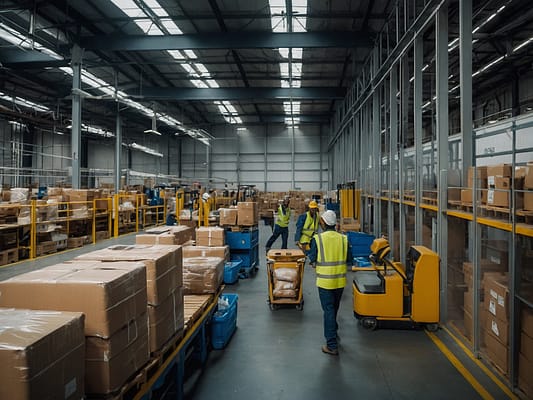

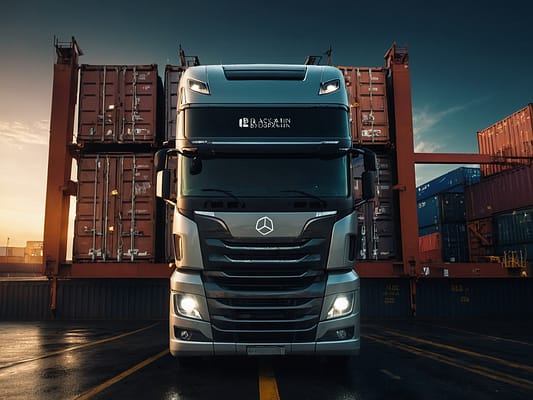


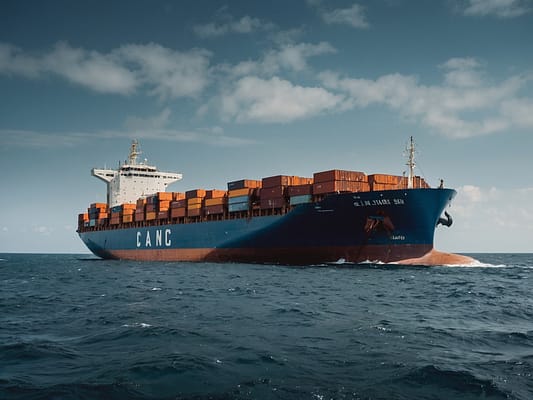
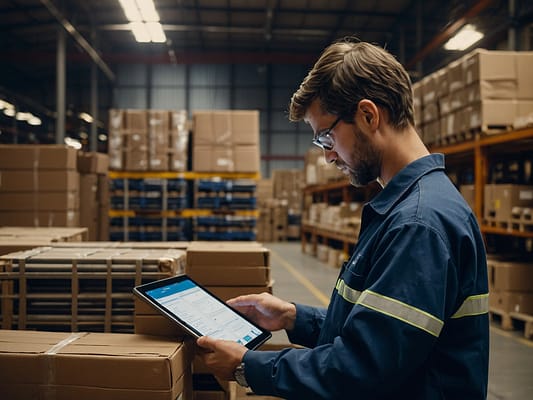



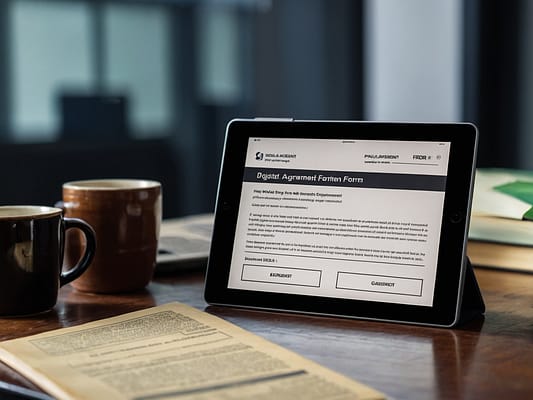
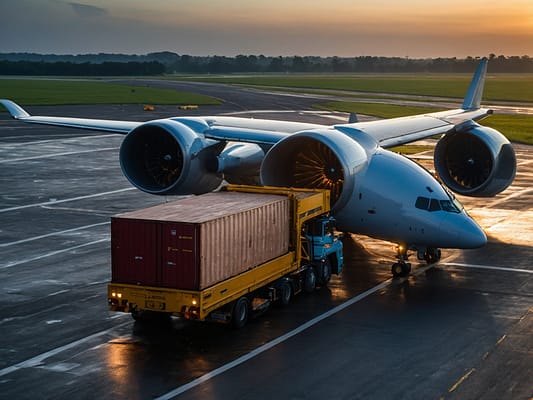

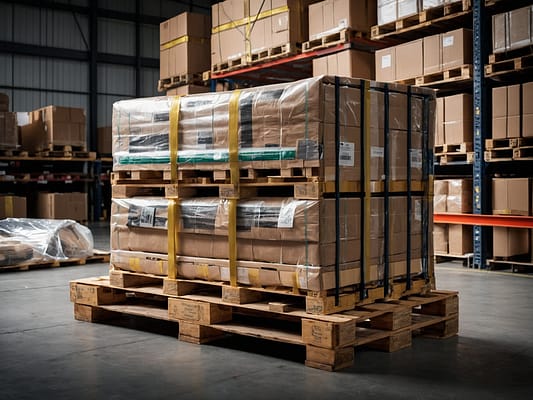
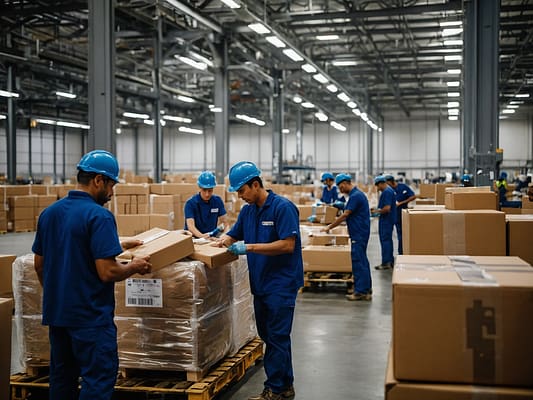
Avoid Common Export Pitfalls
Misunderstanding cultural differences, failing to define responsibilities using Incoterms, or overlooking required documentation are frequent issues that can lead to costly mistakes. Thorough market research, clear contracts, and a comprehensive checklist can help your business stay on track.
The Future of Exporting
Innovations like blockchain technology offer secure, transparent trade transactions, while AI-driven supply chains optimize routes and predict demand. Staying informed about global trade trends and adapting your strategies accordingly will keep your business competitive in the years to come.
FAQ Section: Common Export Questions
Q: How do I calculate shipping costs effectively?
A: Combine freight costs, duties, taxes, and insurance premiums. Many freight forwarders offer calculators to help.
Q: What is the best way to find reliable logistics partners?
A: Look for companies with certifications, strong reviews, and experience in your target market.
Q: What should I do if a shipment is delayed at customs?
A: Ensure all documentation is correct. If delays persist, work closely with your customs broker or freight forwarder.
Q: How can I make my export operations more sustainable?
A: Use eco-friendly packaging, optimize shipping routes, and consider carbon offset programs.
Q: How do I ensure compliance with foreign regulations?
A: Research the target country’s requirements or work with trade consultants to avoid penalties.
Streamlining your export process isn’t just about cutting costs—it’s about building trust, staying competitive, and unlocking global opportunities. By understanding regulations, optimizing documentation, leveraging technology, and embracing sustainability, you can simplify operations and position your business for success on the global stage.
Ready to streamline your exports? Contact TradeLink Solution today to learn how we can help you optimize your export journey and achieve your global business goals.



